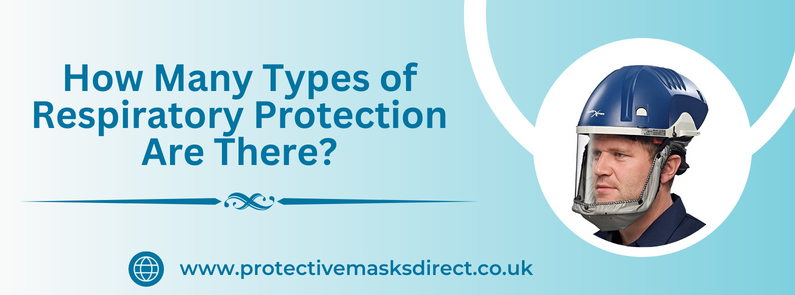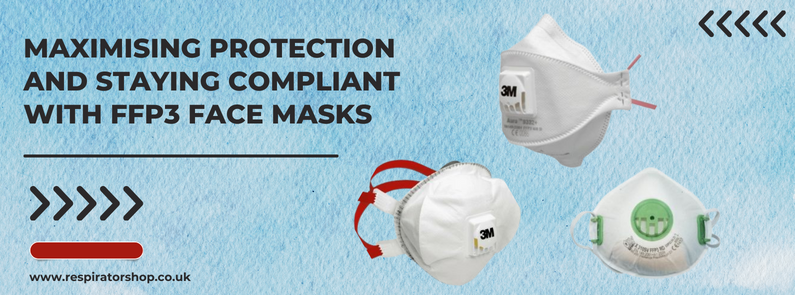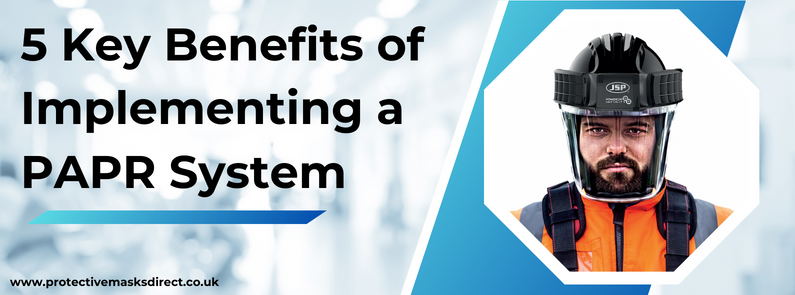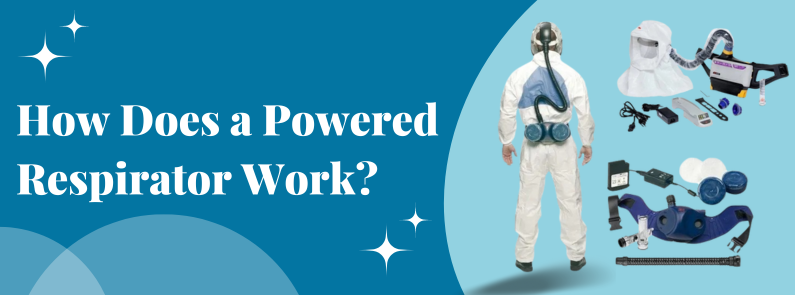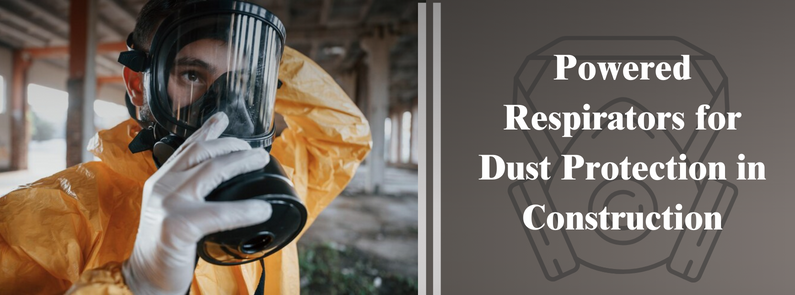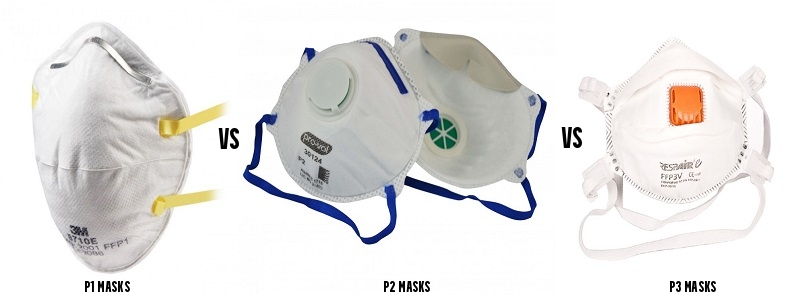
Everyone needs the best method to protect from harmful gases, fumes, vapors, dust, mist, and viruses. They can use the respirator to get the highest possible protection. Every user of the respirator has to use it with an appropriate seal around their face. Filters on the respirators must be rich in quality and work well to save users from hazards.
Research the respiratory filters
As a beginner to the respirator filters, you may seek professional guidelines to know about such filters. Respiratory filters are divided into so many ratings as per their protection level and the type of environment they are designed to be used for. Assumed Protection Factor (APF) and Occupational Exposure Limit (OEL) rate the respirator filters. The main categories of respirator filter ratings are P1/FFP1, P2/FFP2, and P3/FFP3.
P1 masks
All users of the FFP1 masks get absolute protection against the low levels of dust, solid and liquid aerosols, and materials in concentrations 4x limit. These masks can be used for cutting, drilling, and hand sanding applications.
P2 masks
FFP2 masks are used for protecting against moderate levels of dust, and solid and liquid aerosol. These masks are higher protection than P2 masks and used for plastering and sanding applications. These masks protect against materials in concentrations 12x limit as per OEL and 10x limit as per APF.
P3 masks
FFP3 dust masks protect against high levels of dust and solid and liquid aerosols. These masks are better than both FFP1 and FFP2. These masks are designed to handle hazardous powders, especially in the pharmaceutical industry. These masks are suggested when in doubt of protection required. These masks protect against materials in concentrations 50x limit as per OEL and 20x limit as per APF.
P3 masks can be used as Asbestos masks. These masks are very popular in this pandemic situation. This is because such masks are used to control the virus and bacterial infection when the contagion is spread via aerosol especially coughs and sneezes.
P3 masks are the minimum required face masks for all chemical fumes. Every user of the half-face respirator with the P3 cartridge filter can get an array of advantages when compared to users of a disposable dust mask.
Consider important things
As a beginner to the dust mask collection, you may seek how to choose between the mask ratings. You have to find the type and level of contaminant exposure, evaluate the airborne hazards in the workshop or workplace, choose the mask as per the FFP rating, and select the comfortable and convenient mask. You can also consider the occupational exposure limit that is the upper limit on the complete acceptable concentration and set by the national authorities.
How to maintain respiratory protection?
Maintaining the respirator mask is one of the most important things to consider right now. You must ensure that your respirators are the suitable type and safety rating for the specific use. You have to check for any damage regularly and do not attempt to repair any damaged mask. You must clean or discard when overuse or blockage of the mask affects your breathing.
Regular users of the respirator masks replace the mask when needed and clean non-disposable equipment properly and regularly. They keep an inventory of stock and reorder when low. They ensure that PPE meets the entire regulation standards and protects them.
New and regular users of the ffp3 dust masks get 100% satisfaction and feel the confidence to recommend such dust masks to others. They get more than expected protection and make an informed decision to engage in their work with no doubt about their safety.
Decide on when to replace the respirator filters
In general, users of respiratory filters replace their filters after 40 hours of use. You can replace your respiratory filters when you feel uncomfortable and tough to breathe through them.
If the job is more dusty than usual, then users of the respiratory masks have to replace the filters. The lifetime of the respiratory filters is 5 years from the date of manufacturing. However, the maximum use time of such masks after they are opened will be used for 6 months. You must replace these filters soon after they get damaged.
Filters in the respiratory masks have to be replaced after a certain period as the wearer would not get complete protection from them when they are used for more than 40 hours. These filters get clogged and become very hard to breathe via them. Vapour and gas cartridge filters begin to let contaminants via sorbents become saturated, known as a breakthrough.
Bottom Line
There are so many suggestions about how to maintain the respiratory filters. You must replace these filters when they get damaged. You have to avoid washing the filters and using any form of liquid to clean them. You have to avoid any attempt to repair any damaged filter. You must store the filter in a dry and clean place, especially away from dust. You can use the filter within six months after opening the package.

